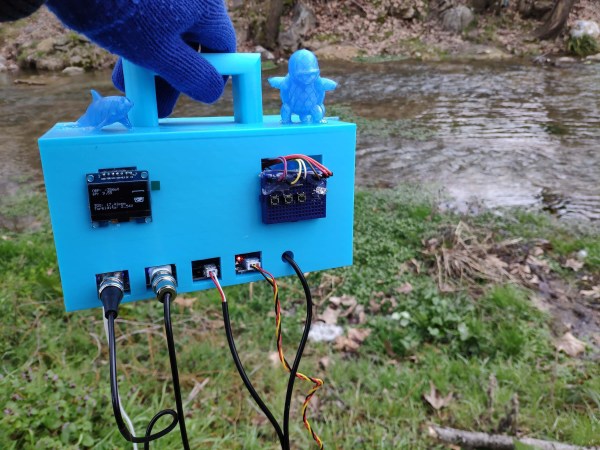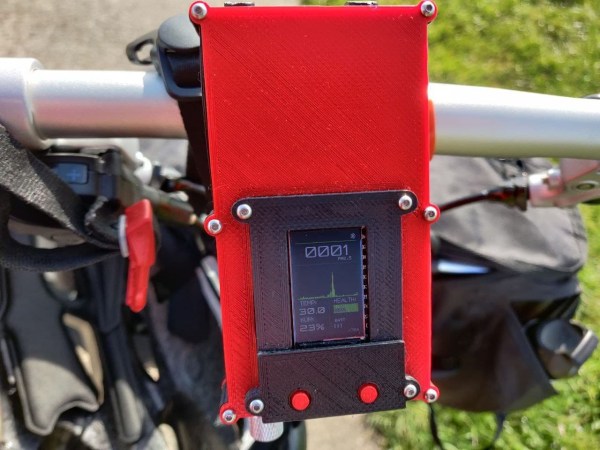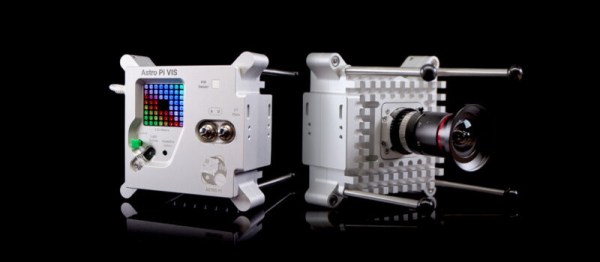Does hot water freeze faster than cold water? On its face this idea seems like it should be ridiculously simple to test, and even easier to intuit, but this question has in fact had physicists arguing for decades.

There’s a name for the phenomenon of something hot freezing faster than something cold: the Mpemba effect, named for Erasto Mpemba (pictured above) who as a teenager in Tanzania witnessed something strange in high school in the 1960s. His class was making ice cream, and in a rush to secure the last available ice tray, Mpemba skipped waiting for his boiled milk-and-sugar mixture to cool to room temperature first, like everyone else had done. An hour and a half later, his mixture had frozen into ice cream whereas the other students’ samples remained a thick liquid slurry.
Puzzled by this result, Mpemba asked his physics teacher what was going on. He was told “You were confused. That cannot happen.” Mpemba wasn’t convinced by that answer, and his observations ultimately led to decades of research.
What makes this question so hard to nail down? Among many of the issues complicating exactly how to measure such a thing is that water frankly has some odd properties; it is less dense as a solid, and it is also possible for its solid and liquid phases to exist at the same temperature. Also, water in the process of freezing is not in equilibrium, and how exactly things act as they relax into equilibrium is a process for which — physics-wise — we lack a good theory. Practically speaking, it’s also a challenge how to even accurately and meaningfully measure the temperature of a system that is not in equilibrium.
But there is experimental evidence showing that the Mpemba effect can occur, at least in principle. How this can happen seems to come down to the idea that a hot system (having more energy) is able to occupy and explore more configurations, potentially triggering states that act as a kind of shortcut or bypass to a final equilibrium. In this way, something that starts further away from final equilibrium could overtake something starting from closer.
But does the Mpemba effect actually exist — for example, in water — in a meaningful way? Not everyone is convinced, but if nothing else, it has sure driven a lot of research into nonequilibrium systems.
Why not try your own hand at investigating the Mpemba effect? After all, working to prove someone wrong is a time-honored pastime of humanity, surpassed only in popularity by the tradition of dismissing others’ findings, observations, or results without lifting a finger of your own. Just remember to stick to the scientific method. After all, people have already put time and effort into seriously determining whether magnets clean clothes better than soap, so surely the Mpemba effect is worth some attention.




















